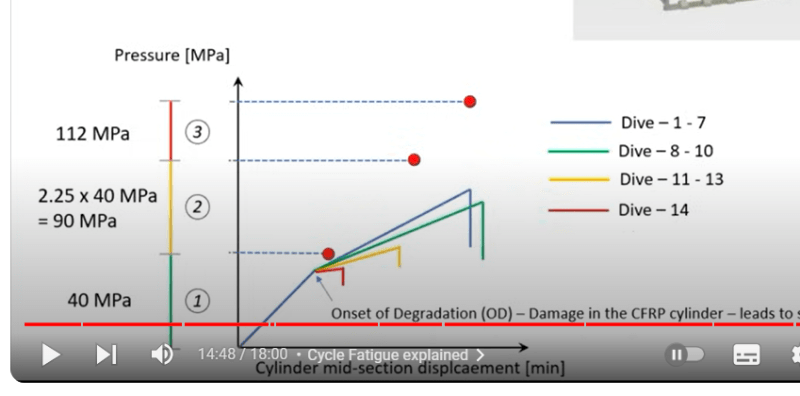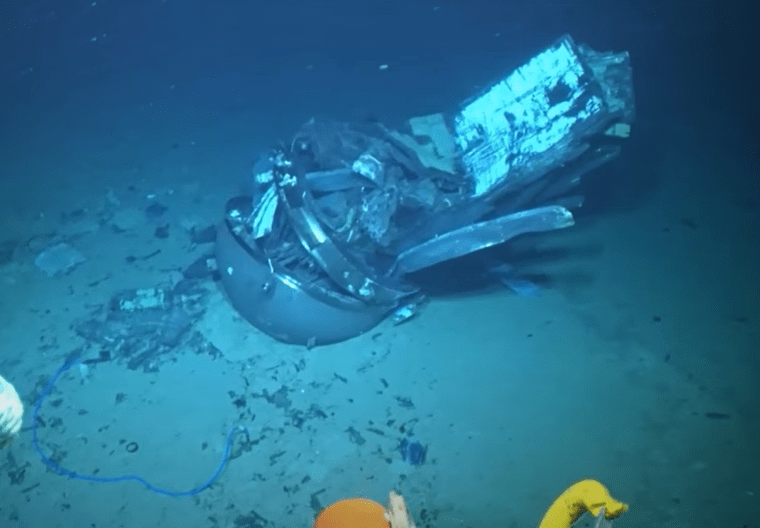TugboatEng
Marine/Ocean
- Nov 1, 2015
- 11,784
Metal scraping is a very old school technique that did enable gasketless flanges. I don't know if this applies to your comment but there are ways to assemble joints with no weld or glue but they are absolutely not slapped together. They may be lapped together.



